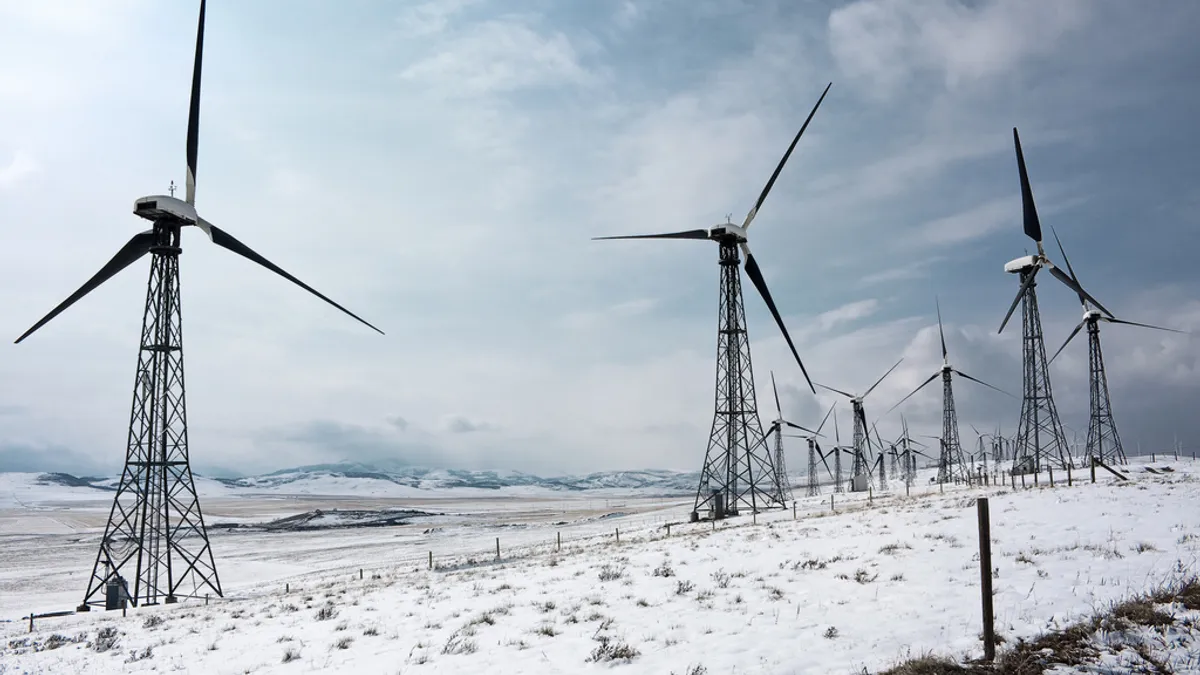Dive Brief:
- The proposed 11 turbine, 20 MW Fire Island Wind project phase 2 was suspended when Alaska Railbelt utilities terminated a two year negotiation with developer Cook Inlet Region Inc. (CIRI) for the output.
- The developer offered a $0.062 per kwh price, lower than the $0.097 per kwh price of the project’s 11 turbine, 17.6 MW phase 1 and significantly lower than Railbelt’s average $0.20 per kwh price. But, it is higher than the estimated $0.05 per kwh at which natural gas generated electricity can currently be obtained in the Fairbanks region.
- Golden Valley Electric Association said costs for transmission and system balancing would make the wind twice as expensive by the time it is delivered. CIRI argued natural gas’s price volatility would make it more costly in the long run while the wind project’s price would remain fixed over the 25 year contract term.
Dive Insight:
Because Alaska is rich in oil and gas resources, wind is not yet widely competitive. At the end of 2013, wind provided fewer than 100 jobs, capital investment of only $130 million, and only $185,745 in annual land lease payments, numbers that pale in comparison to the thousands of jobs and hundreds of billions of dollars coming from Alaska's fossil resources.
Small, off-grid community wind projects around the state have freed remote villages from expensive diesel fuel.
The $50 million Fire Island Wind phase 2 was scheduled to begin construction this spring and deliver electricity to the Railbelt region from Fairbanks to Seward by the end of the year.
Chugach Electric Association took the output of phase 1 after objections over cost from the Alaska Department of Law and Anchorage's Municipal Light and Power discouraged off-takers and forced CIRI to scale down from 33 turbines to 11 turbines.














